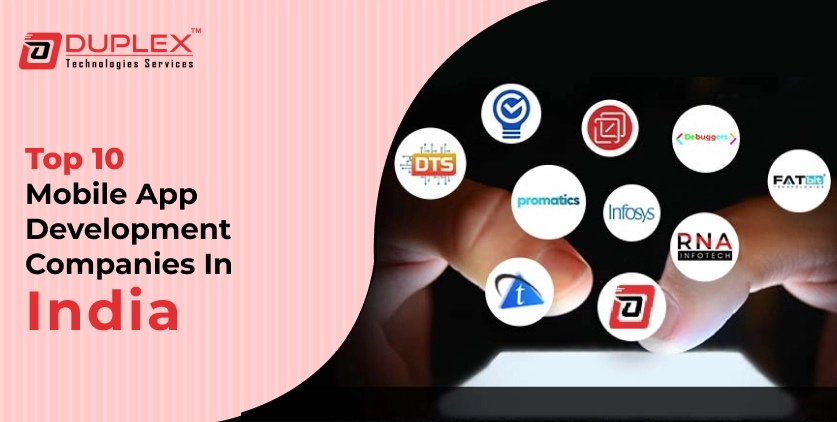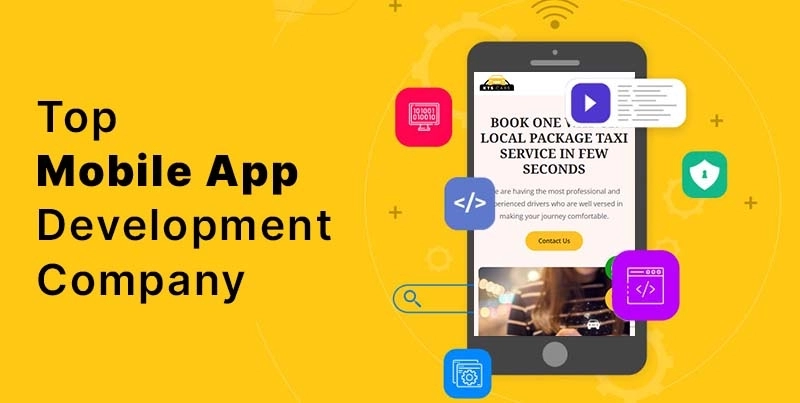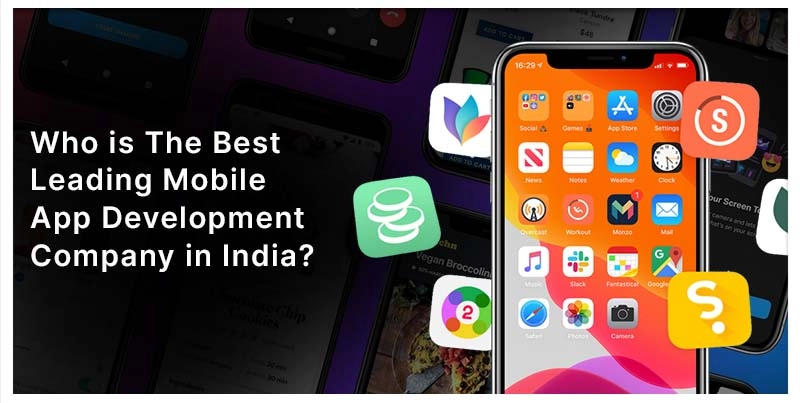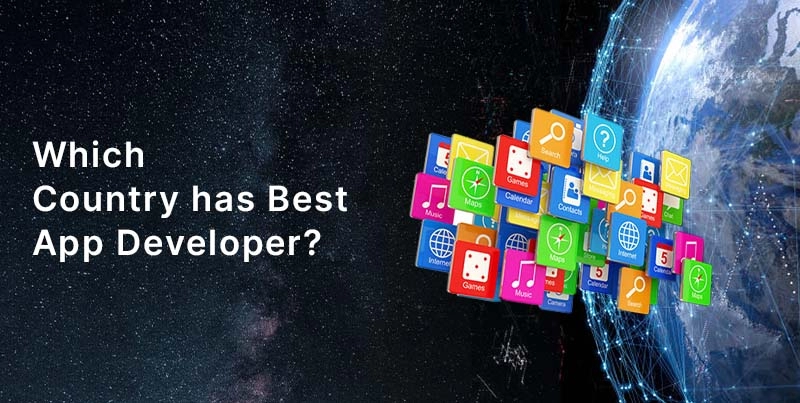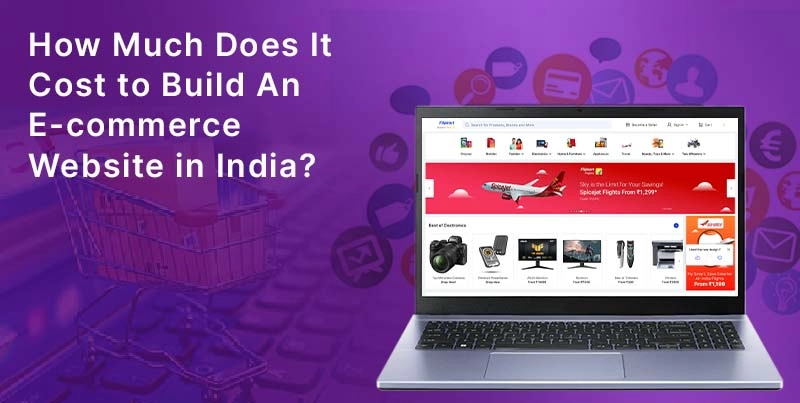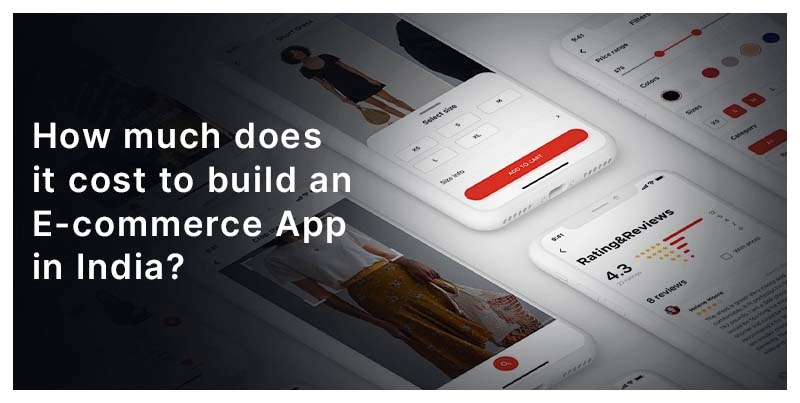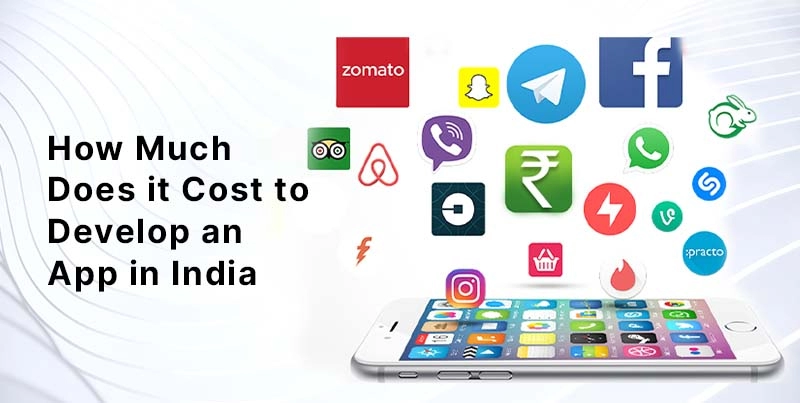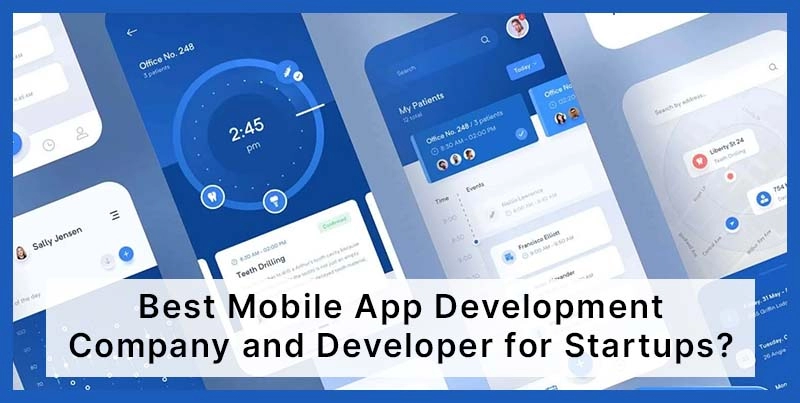New Trends in E-Commerce: Key E-Commerce Development and Future Trends Shaping 2024
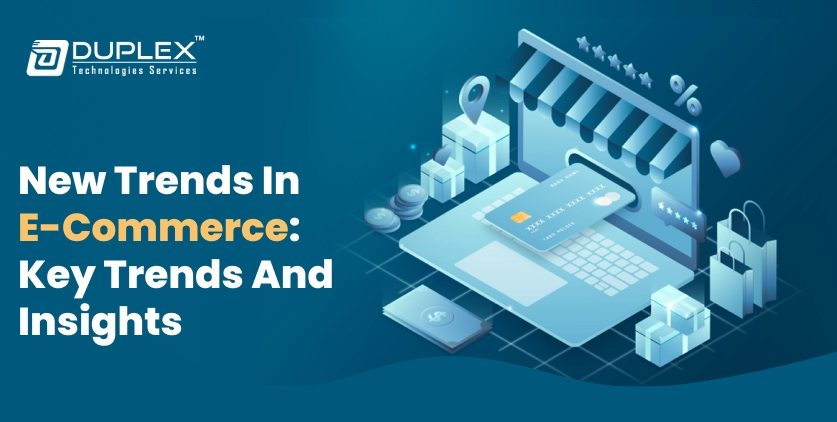
Posted By : Adarsh Mishra, Posted Date : Sep 14, 2024
Introduction: New Trends in E-commerce
Learn about the new trends in e-commerce with Duplex Technologies and keep yourself ahead in the modern competitive market. This blog highlights the latest e-commerce trends that are changing the concept of buying and selling.
The field of e-commerce itself is growing at a very fast pace and it is altering the ways and methods of working for many businesses as well as the ways customers purchase products. With the advancements in technology, online shopping has become the new trend, and the e-commerce industry worldwide is expected to hit $6. 5 trillion. It is therefore very important for e-commerce businesses and companies to follow the e-commerce development trends. Adopting trends means that customer experience, selling, and market leadership in this ever-competing setup are achievable, thus guaranteeing business sustainability.
Table of Contents
What Is E-commerce? | Latest E-commerce Trends
E-commerce (new trends in e-commerce) is defined as the buying and selling of products as well as services via electronic methods mainly over the World Wide Web. It covers electronic selling to consumers and other persons and electronic selling between business entities. Services include websites and mobile applications that offer the ability to search for products, make payments, and receive products at their destinations. It is easy and accessible to a large market through the digital marketplace, which also increases the pool of customers for any business. This business type encompasses many forms, including B2B, B2C, and C2C e-commerce and it targets a vast client base and a great variety of products and services ranging from goods to services and from tangible to intangible products such as music downloads, among others.
Top 10 E-commerce Development Trends
The latest e-commerce development trends are given below:
Augmented reality (AR) and virtual reality (VR) | E-commerce new trends
The reality of augmented reality (AR) along with virtual reality (VR) in e-commerce is one of the new trends in e-commerce, providing a new level of experience. AR makes the opportunity for customers to put products on, see demonstrations and engage with the products in three dimensions available. It is especially VR that provides a virtual environment in which the customers try a product. This technological advancement raises the interaction level surrounding conversions and enhances customer satisfaction.
Mobile-First and Progressive Web Apps (PWAs) | ecommerce new trends
E-commerce is being changed by mobile-first and progressive Web apps (PWAs), which are centered on mobile devices. These new trends in e-commerce help create enjoyable experiences for users on both mobiles and computers; however, PWAs provide a better, more efficient, effective and engaging experience for mobile users. PWAs function in offline mode, offer FAST loading, and use push notifications, increasing conversion rate, user experience, and SEO. Since most of the online shopping is done on mobile devices, PWAs, and mobile-first are indispensable for e-commerce companies. The application of these technologies brings the target market closer to the business, enhances the conversion of consumers and helps businesses to counteract their counterparts in the growing e-commerce sector.
Personalization and Customer Experience Optimization | B2B commerce trends
Through the use of data and analytics, organizations are in a position to appreciate the behavioral patterns of customers, their tendencies or even their requirements. These latest e-commerce trends helps in increasing conversions, customer loyalty and satisfaction levels as personalized recommendations, content, and offers are offered. Personalization helps businesses establish good relationships with their customers, which creates a culture of loyalty and referrals. AI and machine learning have made personalization a field that is much more complex and can make businesses offer their customers experiences that are unique from what the rest of the market is offering.
Voice Commerce and Voice-Activated Shopping | Latest ecommerce trends 2024
Voice commerce, is one of the latest e-commerce development trends where consumers are using voice-enabled devices for shopping. Voice searches such as Alexa and Google Assistant allow customers to search, browse and shop for the products through voice. Voice commerce brings the advantage of this type of shopping by being convenient, time-saving, and allowing shopping without touching anything. Given the trends in voice AI, one should anticipate more creative uses in e-commerce transactions. There are several ways businesses can prepare for the voice search and voice commerce market; they include using natural language processing, making sure product information is voice-friendly, and creating a good voice-activated experience that will meet the needs of the customer.
Artificial Intelligence (AI) and Machine Learning (ML) Integration | Latest ecommerce trends 2024
Two major technologies currently playing a crucial role in shaping the future of e-commerce are artificial intelligence (AI) and machine learning (ML). Chatbots provide customers with support and AI, and ML systems try to understand the customers’ actions and choices. By using these latest e-commerce trends, recommendations for sales and conversions are made through artificial intelligence, while machine learning applies its skills to supply chains and inventory.
Social Commerce and Influencer Marketing | E-commerce new trends
Social commerce and influencer marketing are two closely related strong e-commerce development trends. LinkedIn facilitates creating contact with the customer, advertising products, and making sales. Not only does it help brands partner with social media influencers, resulting in an extra audience and reliability. Social commerce is the use of social networks to sell products, while influencer marketing uses other people to boost the sales of specific brands. Therefore, through social media and influencers, a vast audience, brand advocates and growth of e-commerce can be achieved.
Blockchain technology and Secure Payment Systems | E-commerce future trends
Blockchain technology is shaping the future of e-commerce payments by offering safe, clear, and fast money transactions. This is because the use of blockchains guarantees the validity of the data, prevents fraudulent activities and makes payments secure. Through the use of distributed ledger technology, there are also smart contracts that enhance supply chains and inventory. It is therefore evident that future developments of blockchain technology will see even more diverse applications that will definitely advance e-commerce and increase its security.
Sustainable and eco-friendly e-commerce practices | Latest ecommerce trends 2024
Green and sustainable e-commerce are the latest e-commerce trends and are a must for companies and consumers nowadays. A reduction in carbon emissions could be achieved through the various efficiencies made within the supply chain networks, ergonomic packaging as well as the promotion of green household products. Customer pressure is now on the rise when it comes to choosing sustainability, with 75% of the customers being aware of the environment before choosing to make a purchase. Greening of organizations therefore helps in improving company image, cutting costs and being more appealing to customers that are environmentally sensitive.
Headless Commerce and API-First Development | Key trends in ecommerce
API commerce and headless e-commerce architecture are redefining the way e-commerce technology has to be designed. Headless commerce decouples the presentation layer from the commerce capabilities, virtual and physical, allowing businesses to design engaging, unique solutions across multiple points of sale. API first development, on the other hand, means that APIs are considered as the main vehicle or interface, which can be easily integrated. These key trends in ecommerce help organizations to respond quicker to customer demands and competition, progress the business continuously and make necessary adjustments in the fast-growing e-commerce market.
Omnichannel Retailing and Consumer Experience | E commerce future trends
Omnichannel retailing comes under the e commerce future trend that delivers consistent shopping experiences over the channels and devices. Businesses can synchronize online and offline touchpoints to have the same brand appearance, price list and product availability. Customers are able to buy anywhere, at anytime and these are serviced under one umbrella. This means that omni-channel retailing maintains, enhances, and elevates the rates of customer satisfaction, loyalty, and conversion. Data and analytics play an important role in business in that companies can learn about the customers and their wants in order to provide satisfaction.
Advantages of following ecommerce new trends
Given below are the advantages of following the latest ecommerce trends 2024:
- Improved customer experience: Making use of e commerce future trends serves to enhance the offerings provided by companies so that crucial aspects of customer connections may be refined in accord with new practice standards.
- Increased conversions: The recommendations, checkouts, and social commerce, as well as other emerging behaviors in e-commerce, minimize the hurdles that affect conversions. This leads to an increase in sales and hence more revenues for the business.
- Staying competitive: Cultivating awareness about the changes in the e-commerce industry keeps businesses on the right track and ready to countercheck their competitors.
- Innovation: Adapting to e-commerce development trends enables businesses to adapt and try out new trends, tools, techniques, and technologies. This assists the business enterprises to notice potentially profitable opportunities within the market, that they could exploit to gain a competitive advantage.
- Enhanced brand reputation: Adhering to the b2b commerce trends, shows that a business organization values its customers, is innovative and aims at achieving the best.
Conclusion
The new trends in e-commerce are changing the ways of shopping on the Internet, providing businesses and companies with new significant opportunities. Thus, adopting these latest e-commerce trends helps businesses improve customers’ experiences and sales rates, as well as remain relevant in the market. Other benefits include breaking the technology lifecycle, better operation efficiency and access to fresh markets. Lastly, understanding these key trends in ecommerce helps businesses to remain afloat and relevant in e-commerce platforms, hence enhancing growth and sustainability in the long run.



